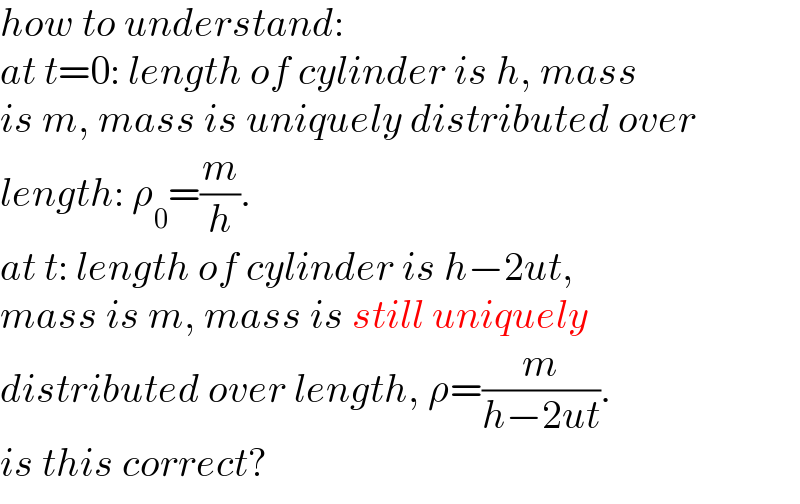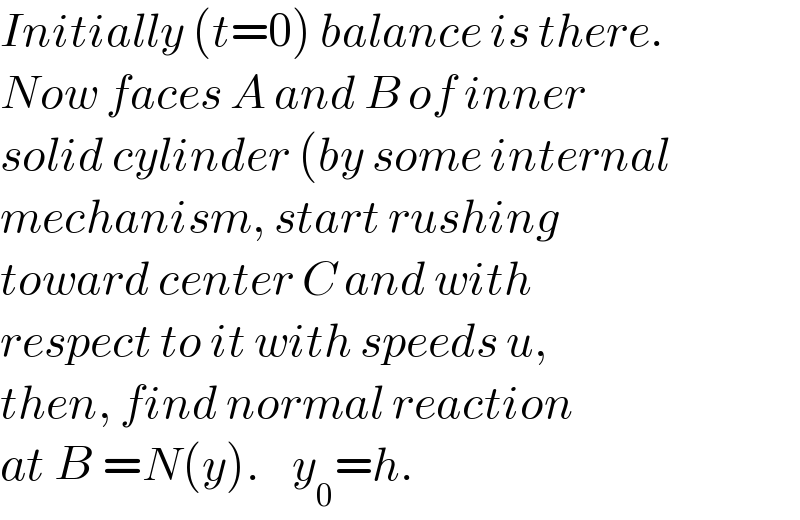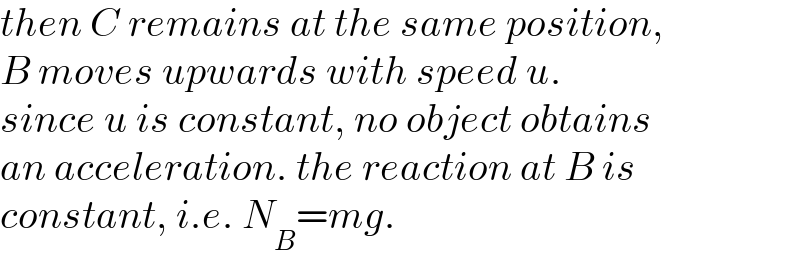
Question and Answers Forum
Question Number 153374 by ajfour last updated on 06/Sep/21

Commented by mr W last updated on 06/Sep/21

Commented by ajfour last updated on 06/Sep/21

Commented by ajfour last updated on 06/Sep/21

Commented by mr W last updated on 07/Sep/21

